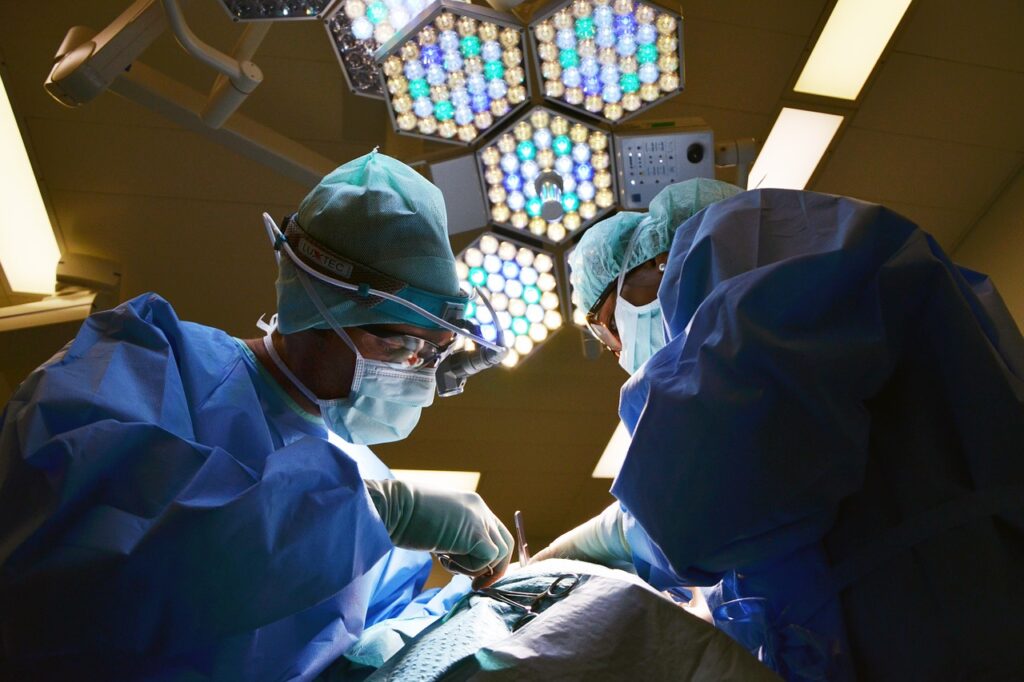Knowledge
Venous Ulcers Causes & Treatment

Venous ulcers are open wounds that occur when blood flow from the heart is blocked in the veins, causing the pooling of blood in the legs. This can happen due to a vein valve that’s not functioning properly or a blood clot. When blood flow is disrupted, it deprives the skin of oxygen and nutrients, which can lead to an ulcer. If you feel like you may be suffering from one, don’t hesitate to contact Encino Vascular Institute, a trusted vascular surgeon in Los Angeles, CA.
Over time, the ulcer will get bigger and deeper, causing pain and potentially leading to infection. Venous ulcers are most common in older adults, and they’re more likely to occur in people who have chronic venous insufficiency (CVI).
Causes of Venous Ulcers
There are several factors that can contribute to the development of venous ulcers, such as the following:
- Age: As you get older, your veins may become less elastic and more likely to develop valves that do not function properly.
- Obesity: Excess weight puts additional pressure on your veins, making it more difficult for blood to flow upwards.
- Prolonged standing or sitting: This can cause the same pooling effect as obesity, as gravity works against the veins in your legs.
- Pregnancy: the increased weight and hormones associated with pregnancy can put a strain on your veins.
- Use of certain medications: Certain drugs, such as birth control pills or those used to treat high blood pressure, can increase your risk of developing venous ulcers.
Symptoms of Venous Ulcers
Some of the symptoms of venous ulcers are as follows:
- Cramp in the leg
- Heaviness or swelling of the leg
- Brown, purple, or dark red patch on your skin
- Tingling and itching
- Shallow sore covered by yellow tissues
- Tremendous leg pain
- Unevenly shaped borders
Who is at risk?
Venous ulcers are most common in people who are over the age of 60, and they are more likely to occur in those who have a history of vein problems. However, anyone can develop a venous ulcer, and it is important to seek medical attention if you develop any wounds that do not heal within a few weeks. If left untreated, venous ulcers can become infected and lead to serious health complications. A few risk factors associated with this condition are given below:
- Pregnancy
- Obesity
- Family history of venous insufficiency
- Older age
- Lymph vessels blockage
- History of blood clots
- Varicose veins
- Smoking
Treatment of Venous Ulcers
Treatment of venous ulcers typically focuses on restoring proper blood flow and preventing further damage to the skin. This can be accomplished through a variety of methods, including compression bandages, the elevation of the leg, and antibiotic ointments.
In some cases, surgery may also be necessary to repair the damaged veins. With proper treatment, most venous ulcers will heal within a few weeks. However, severe ulcers may take months or even years to completely disappear.
Venous ulcers are a common problem, but they are curable. With the help of your vein doctor, you can find the best treatment plan for you and get back to living life without pain. However, don’t ignore the symptoms early on and contact a vascular surgeon in Los Angeles, CA like the Encino Vascular Institute so that you don’t have to undergo prolonged treatment for this problem later. You can call them at (818) 908-9752 or visit their clinic.